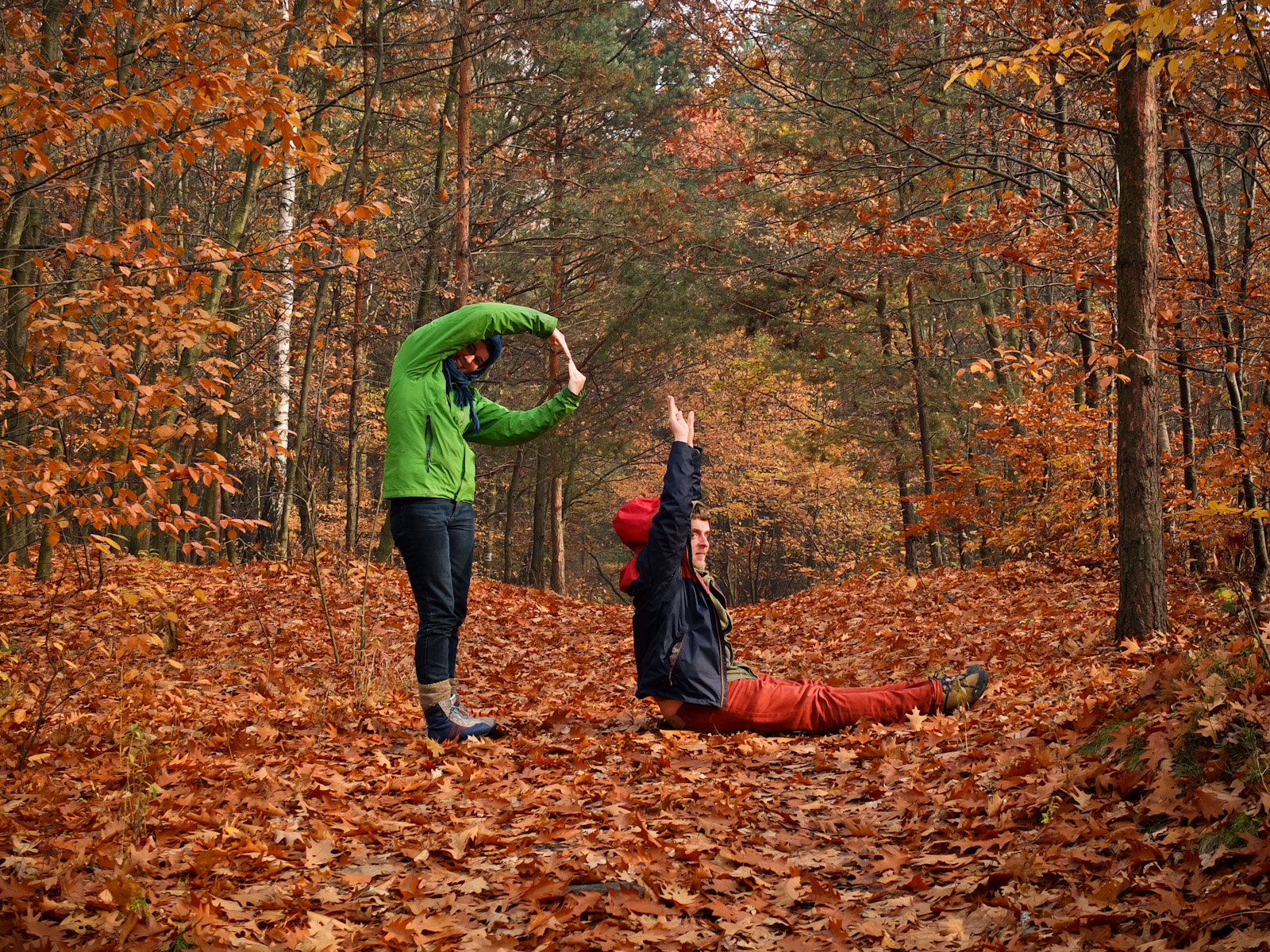
Summing up Indonesia – part 2
Our second month in Indonesia was completely different. We left behind the isolated communities living slow-paced lives on the beaches and in the mountains of the distant east, barely touched by the global world and its brutal economies (if you missed that part of our travel, click here). Now we were getting to the core, to the heart of the country alike the Roman Empire bonding vast lands and most diverse cultures – and I imagine going from borderlands on the shores of Black Sea to Rome in the year 100 A.D. would look similar. We got close to the place most Indonesians from the East will never afford to travel to, but if they have electricity they often see it on the TV full of whitened faces and straightened hair – Java.
But let’s start from the beginning.
Lombok
Arriving to Lombok, we were positively surprised that the island is still mostly a place of normal, everyday life, not a tourism-dependent place where everyone focuses on how to squeeze some more money off the naive bules (Indonesian for foreigners). It is a crowded place, dominated by the huge Rinjani volcano to the north and hundreds of interconnected villages inhabited by almost 3 million people to the south, with white faces seen mostly in transfer to the Gili Islands. Paradox – even though Lombok is just ‘around the corner’ from Bali, it’s one of the country’s poorest places, with thousands starving to death as recently as the 1960’s.
Being a bit overwhelmed with the amount of experiences from the first 5 weeks in Indonesia, we took it slow in Lombok. We chose to lodge ourselves in the island’s city – Mataram, staying at the very interesting Lombok Backpackers where anyone can stay for free and get all sorts of information on interesting places (and initiatives) to see on the island. Heading north to spectacular slopes, traditional villages, interesting NGOs and beautiful waterfalls sounded very tempting, but we restricted ourselves to riding a motorbike and enjoying nearby villages. See you next time, north Lombok!
Bali
Bali was initially very disappointing. Taxi drivers cheating as, dealers selling drugs at the streets just as the Bali 9 was getting executed for bringing those to the country, people providing various services being generally rude and forgetting about you as soon as they had the money in hand. Beaches were, as for Indonesia, really mediocre and trying to find some decent food you’d most likely stumble across a sleazy Reggae cover band and young handsome Indonesians flirting with 50-years-old Czech women making their dream holidays.
And yes, the famous Ubud does have an atmosphere of a hipster suburb of Melbourne set in a stunning jungle with volcano views and breathtakingly beautiful temples. Yes, a meal in the dominating healthy food restaurants is just a bit cheaper than in the Australian metropolis, meaning that someone from Flores would need to spend their week’s salary for a desert. Or two weeks’ for a taxi that would take them to a place where they can buy Indonesian food. If they have a job.
But, in places not spoiled by the cheap exotica holidays or let’s get pissed on the beach kind of tourism, Bali can still be stunning and Balinese people are still genuine and filled with goodness as they culture once dictated. Ubud’s rent houses are designed by the amateur locals without exception in a way so beautiful (and modern) that you won’t find anything like this in the rest of Indonesia. At the same time it’s not too hard to find beautiful traditional villages where life is as it has always been. Travelling around the island, you’ll always come across some beautiful ceremonies. And after all, not only the cynical sly dogs get rich, but the quality of life of many islanders is really much better than anywhere in the country.
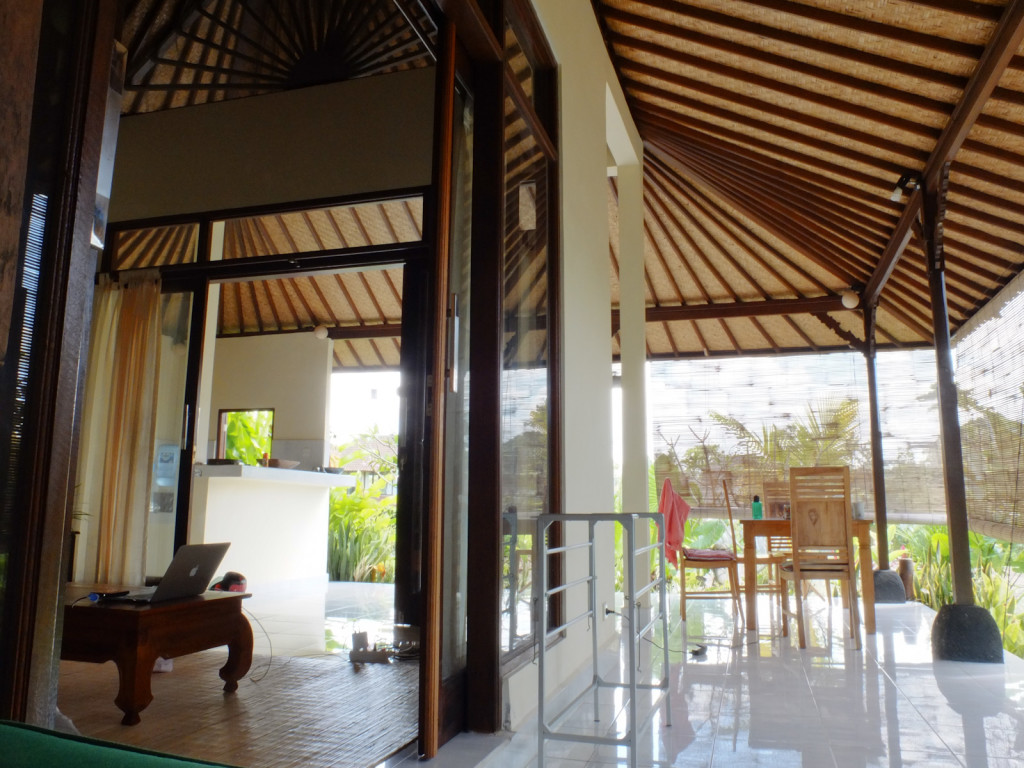
A house our friends were renting in Ubud. Just have a look at any of our remaining pictures from Indonesia. This feels like half a globe away.
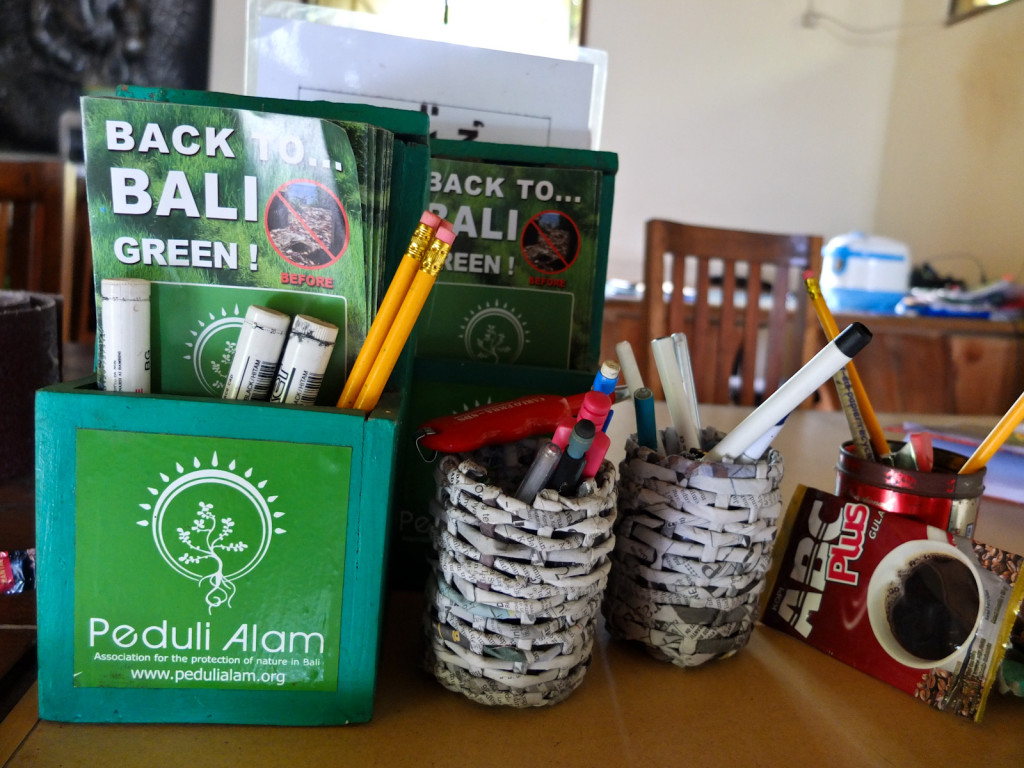
Peduli Alam, an organisation raising awareness about Indonesia’s huge rubbish problem (we’ll try to write more about it later in the future)
Yogyakarta
[Yogyakarta, Jogjakarta, Jogja], located on central Java is one of the historical cores of Indonesia and in a way it’s cultural and intellectual capital. We absolutely recommend staying there a week or two and getting to know the countless faces of the city, from ancient palaces where the royal court is still in full swing, through shadow puppet theatres and traditional healers living in the inner-city villages to street-art and hipster cafes. And don’t forget about getting lost in the kingdom’s countryside.
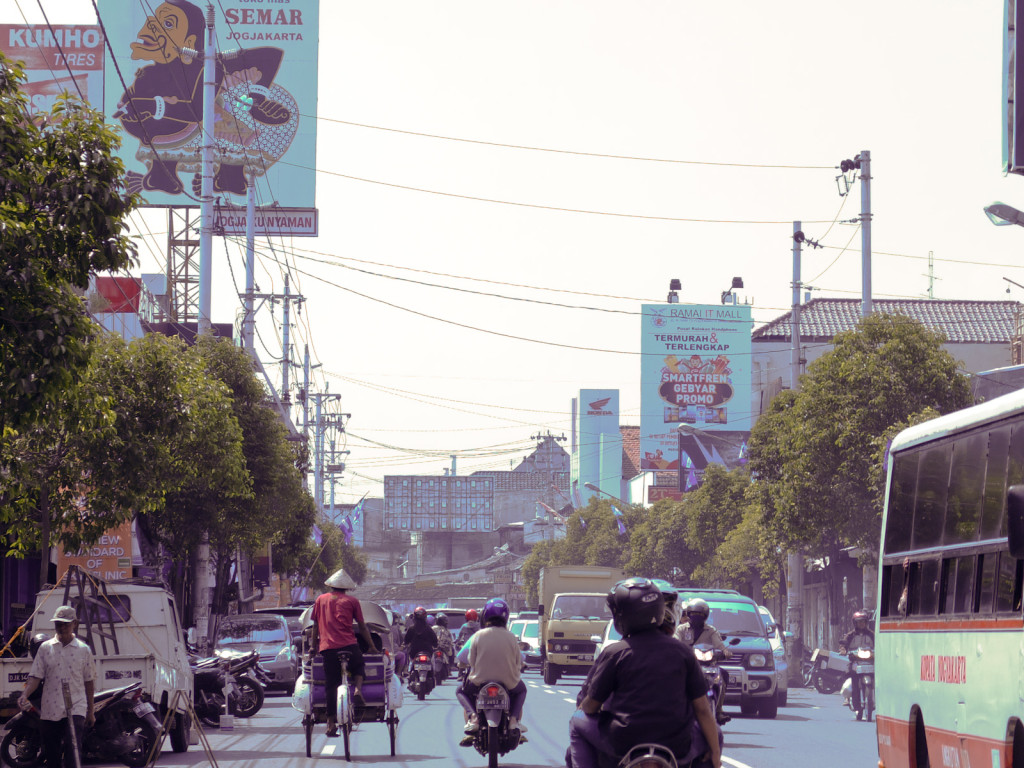
Traffic in Jogja can be overwhelming at first, but these are the veins and arteries of the city – do become one of its blood cells!
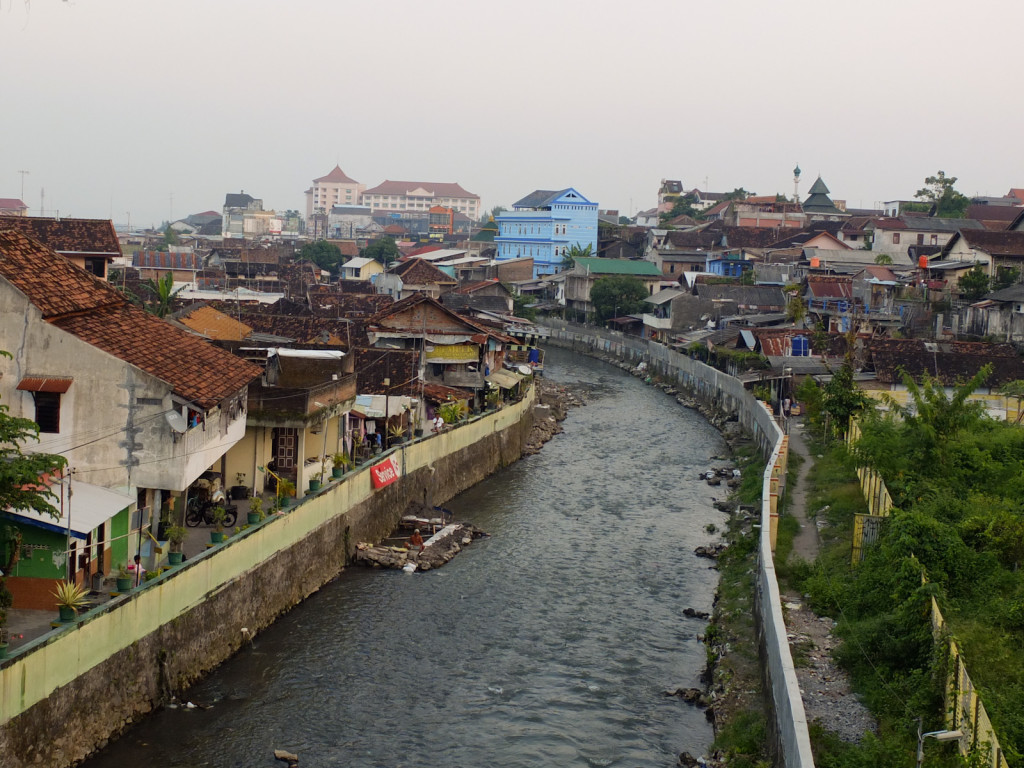
Kali Code river begins on the slopes of Merapi volcano in the north of Yogyakarta and cuts straight through town
Around Jogja
There’s plenty to do in the area around Jogja, from visiting huge ancient temples, to small ancient temples… We were lucky enough though, that our wonderful and inspiring new friend Kinanti took us to a traditional event which participants get in trance to please the spirits that contribute to the amount and quality of crops. Another reason behind the show was boosting tourism in the village, and it succeeded only a little – we were the only outsiders peeking into this extraordinary world.
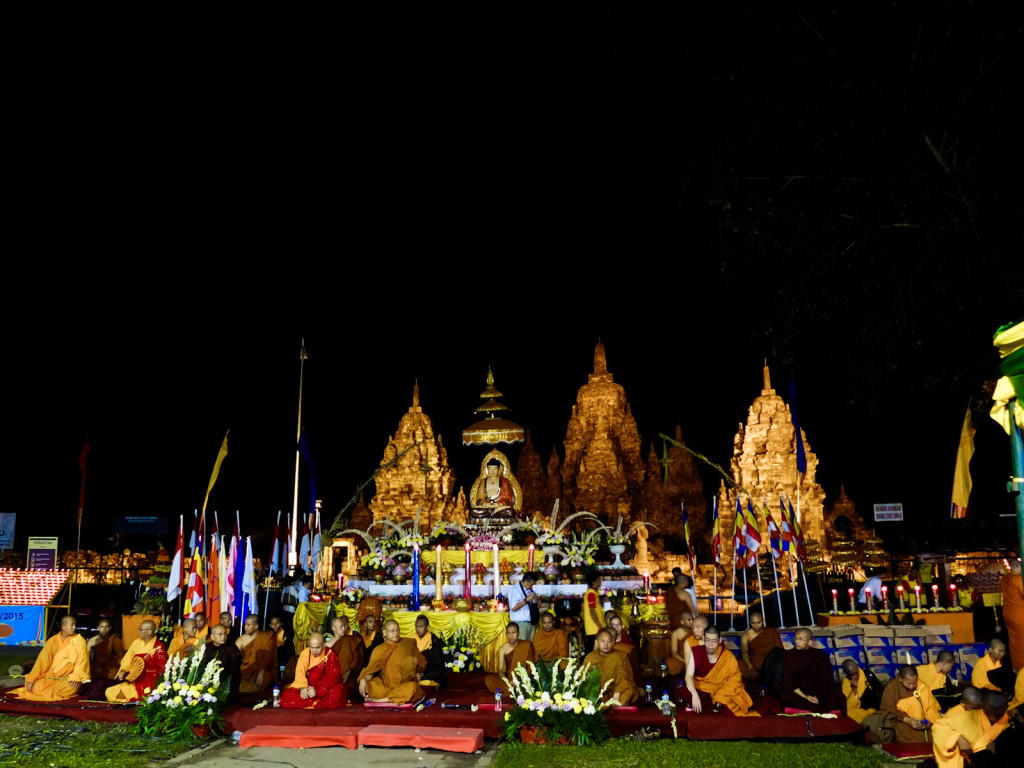
Weisak (the biggest Buddhist celebration of the year) at Prambanan – a truly spiritual experience. The golden stupas in the background aren’t cardboard decorations – it’s a big temple from 8th century A.D.
Karimunjawa
My mum and sister visited when we were in Jogja so we decided to show them some beautiful and at the same time real Indonesia, taking them to Karimunjawa Islands north of Java.
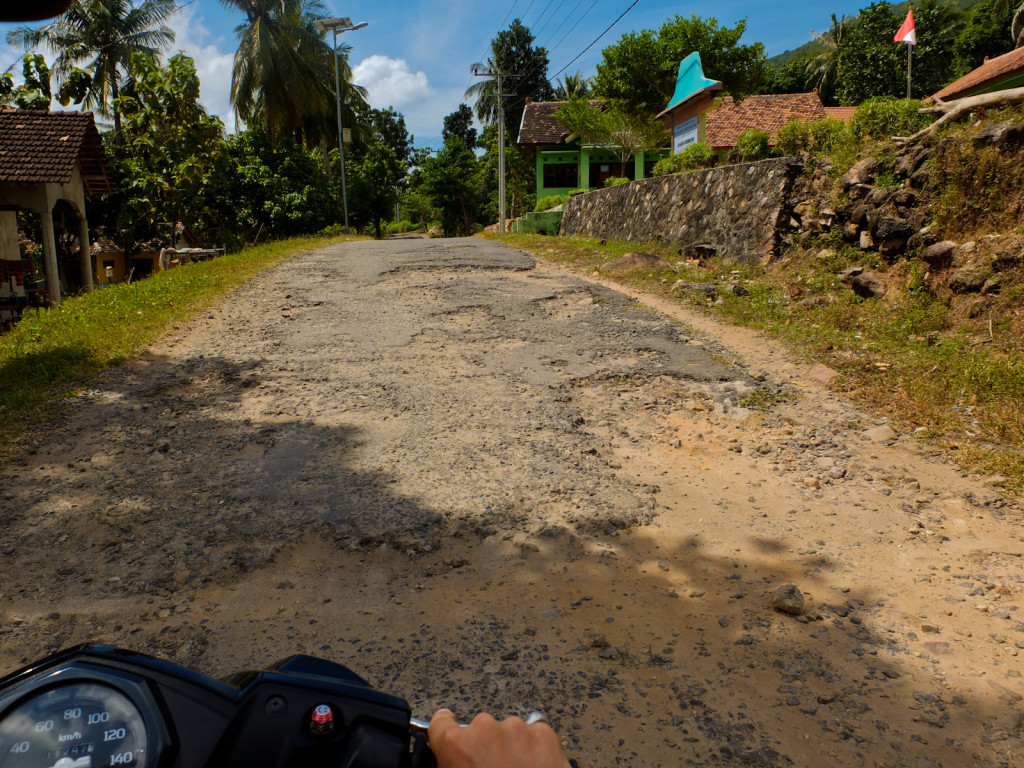
Karimunjawa is a place of stunning beauty, yet undeveloped meaning you have all the amazing beaches and serene villages to yourself. Unfortunately, for the locals as for most Indonesians, TV is the main contact with the outside world (if not the only source of “education”) resulting in people investing their live savings to build ugly, stuffy, moldy and pink concrete houses completely unsuitable to the climate, so finding a bearable homestay is a challenge. Here: the main road of Karimunjawa.
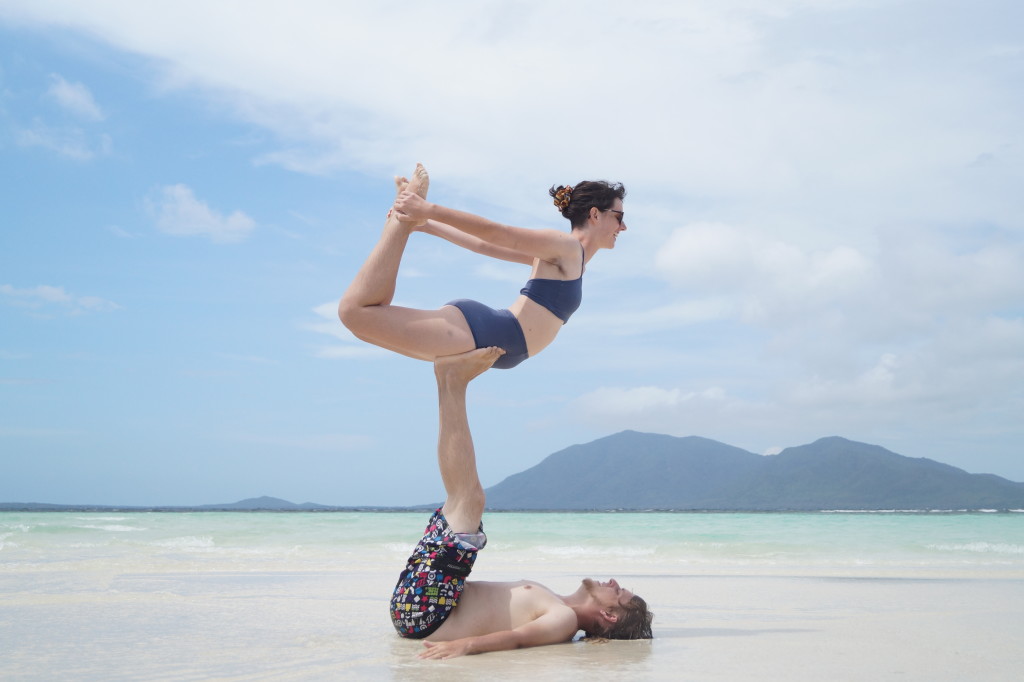
Doing some acro. In Karimunjawa you can actually have an island to yourself.
Towards Singapore
We had spent almost 3 weeks in (and out of) Yogyakarta, waiting for a visa extension… so we could leave the country. When we finally got it, a little sad we had no time left to see Sumatra, we took a train to Jakarta and boarded a ship…

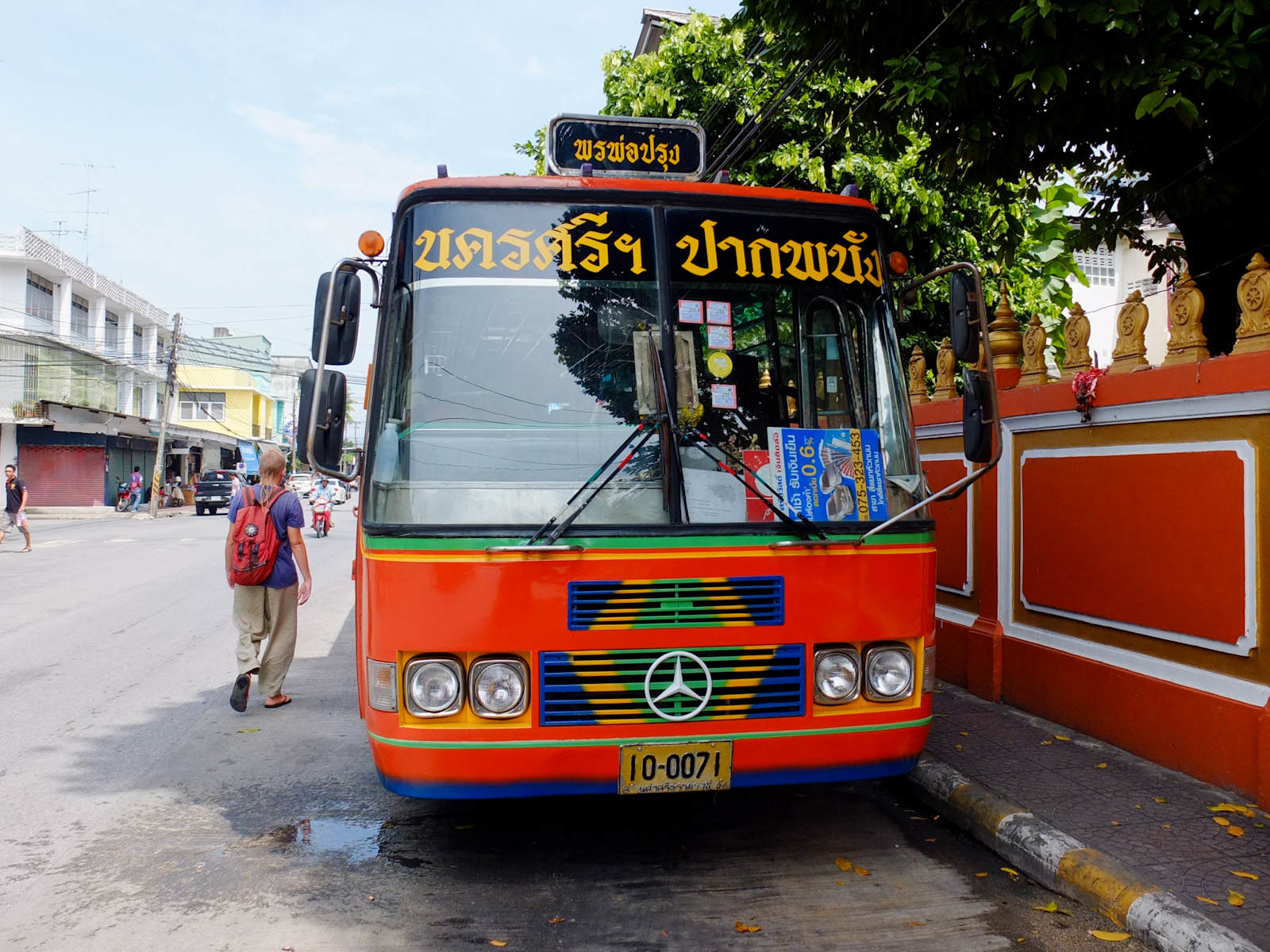
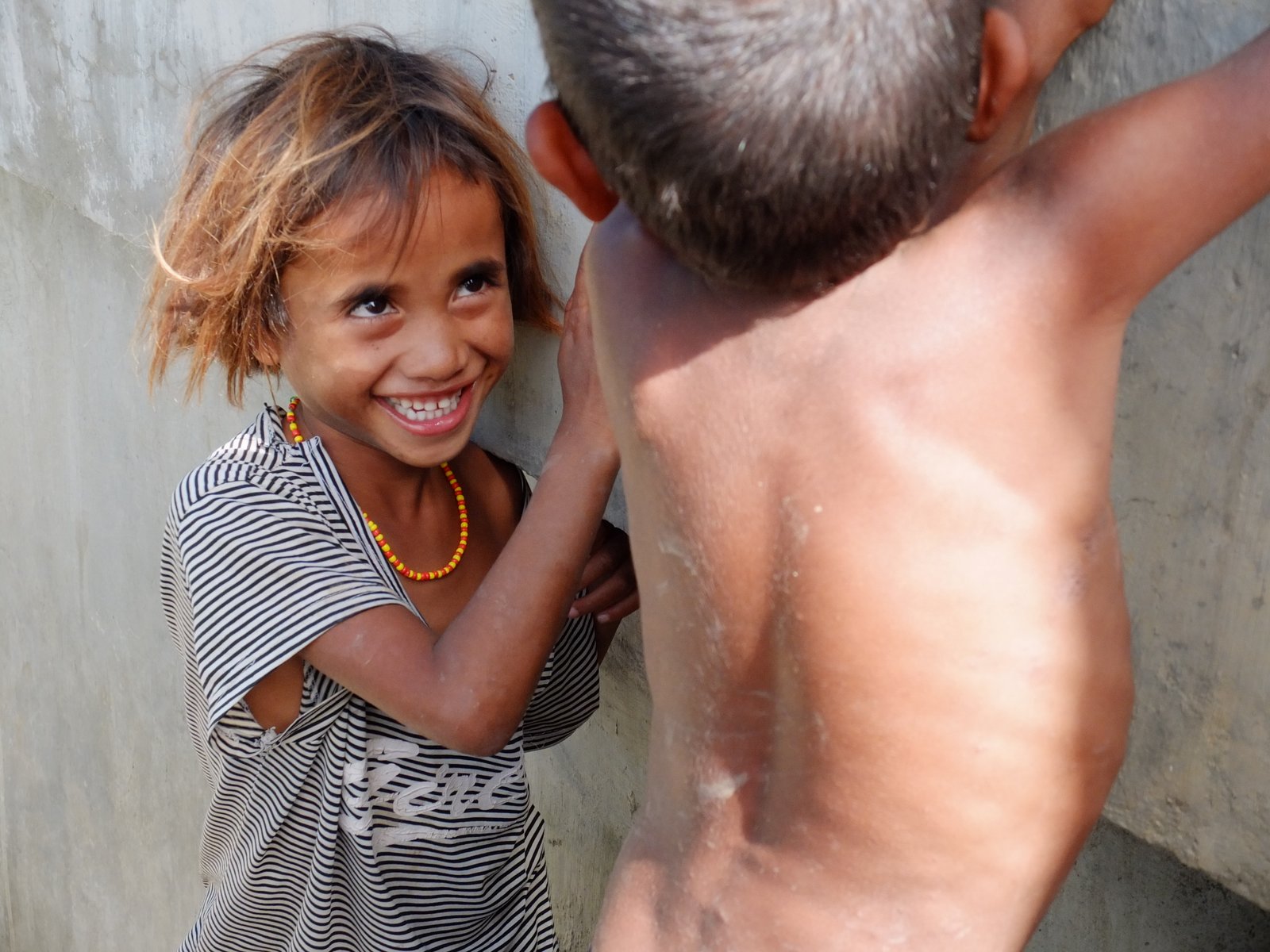
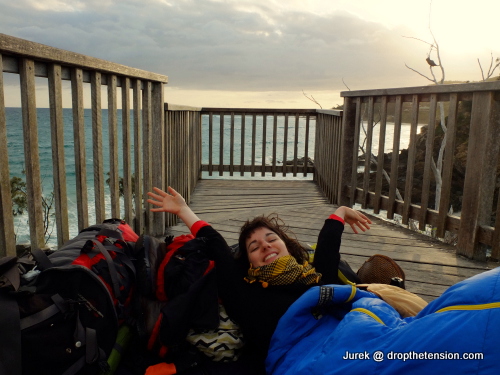
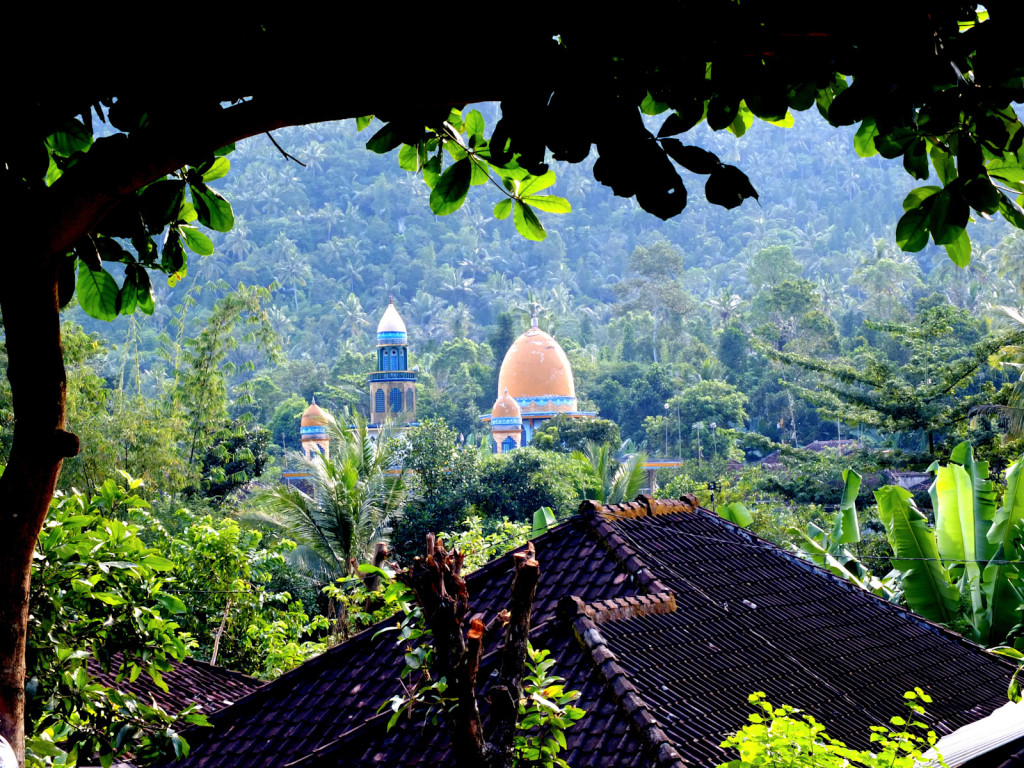

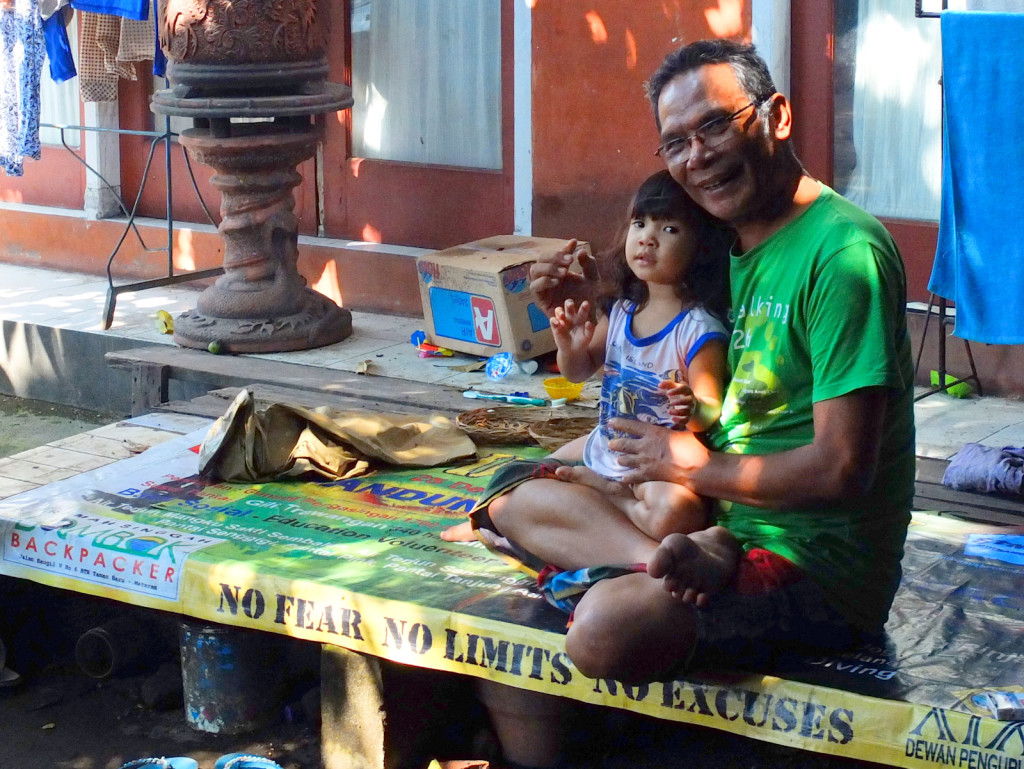
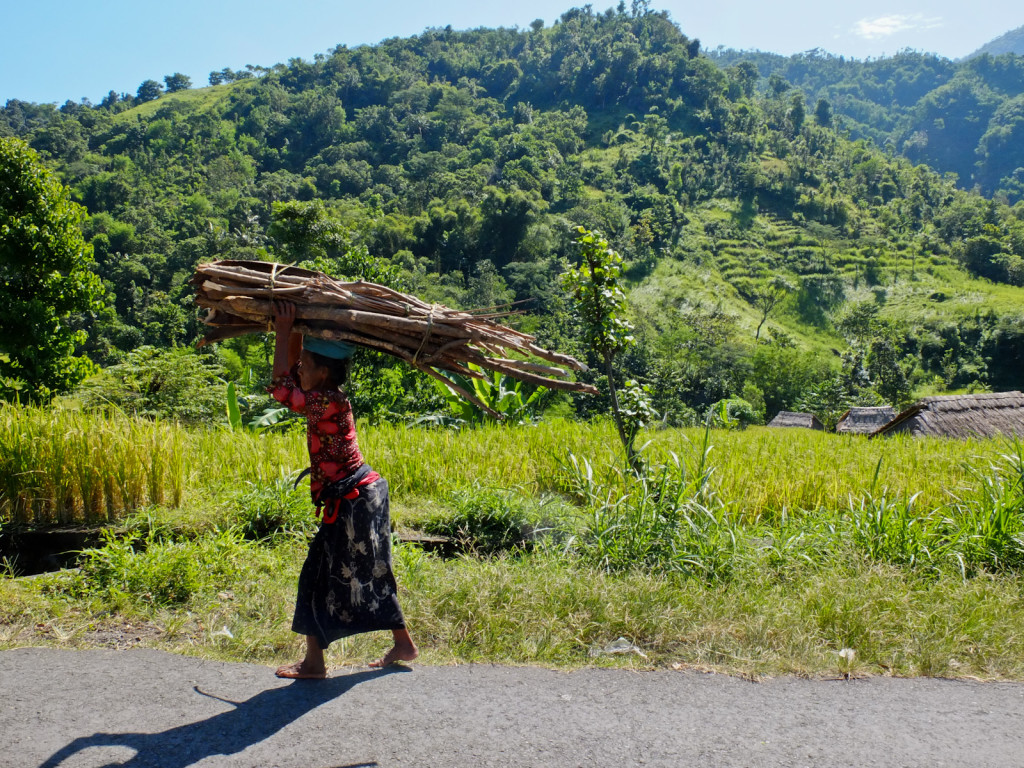
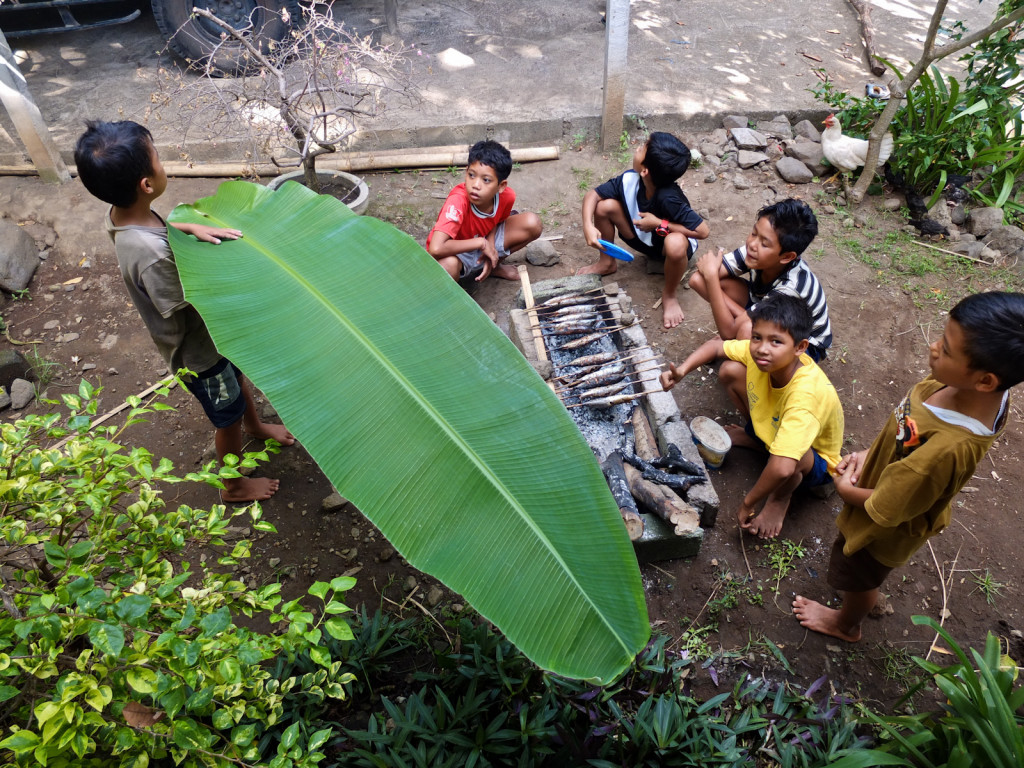
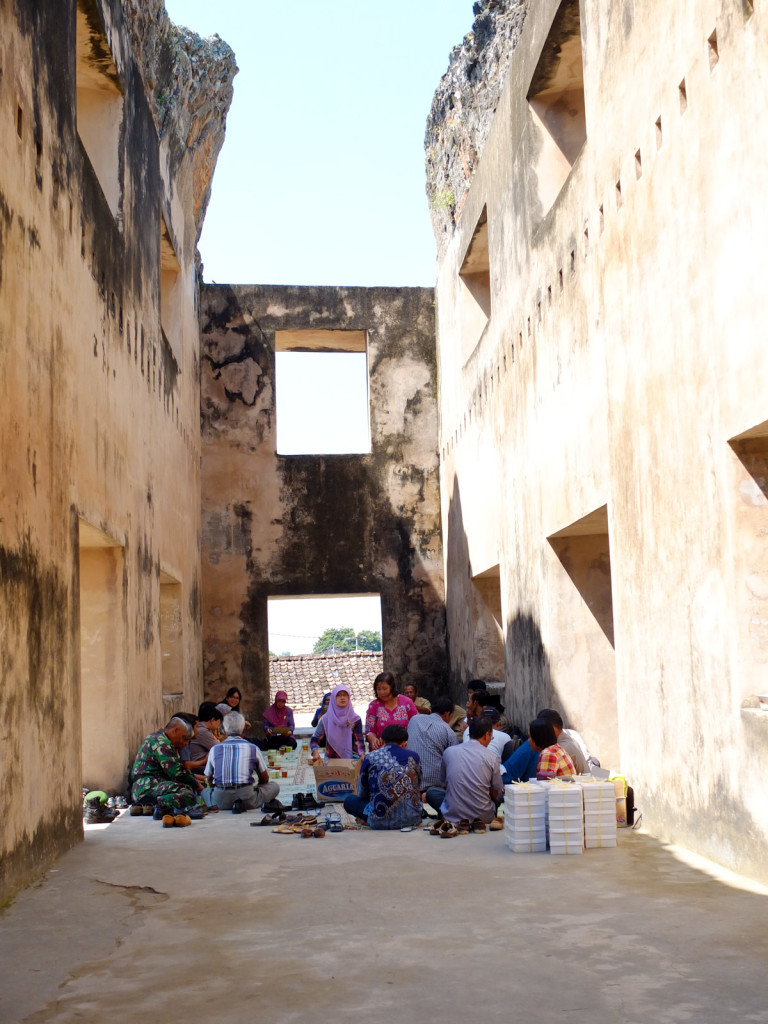
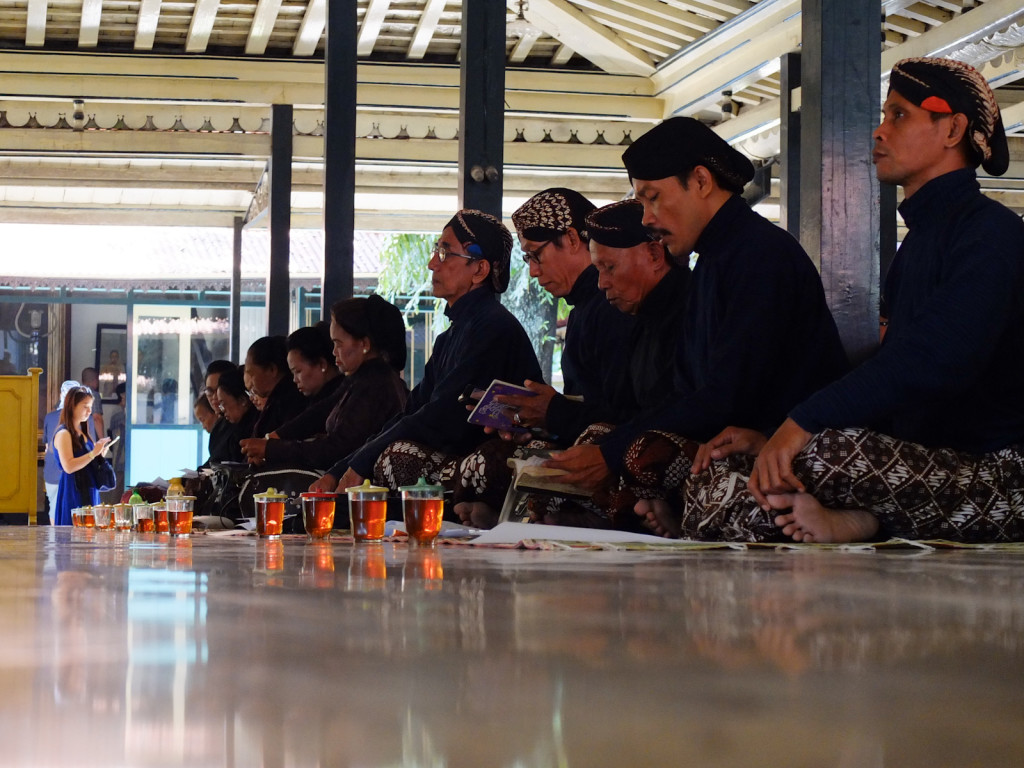
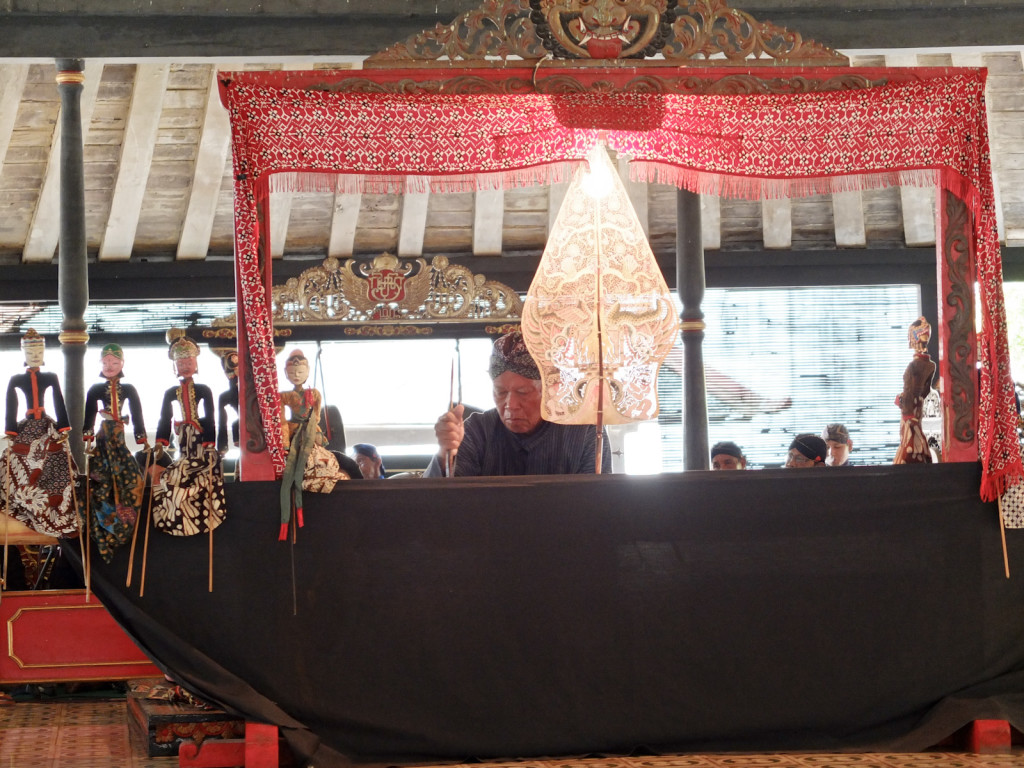
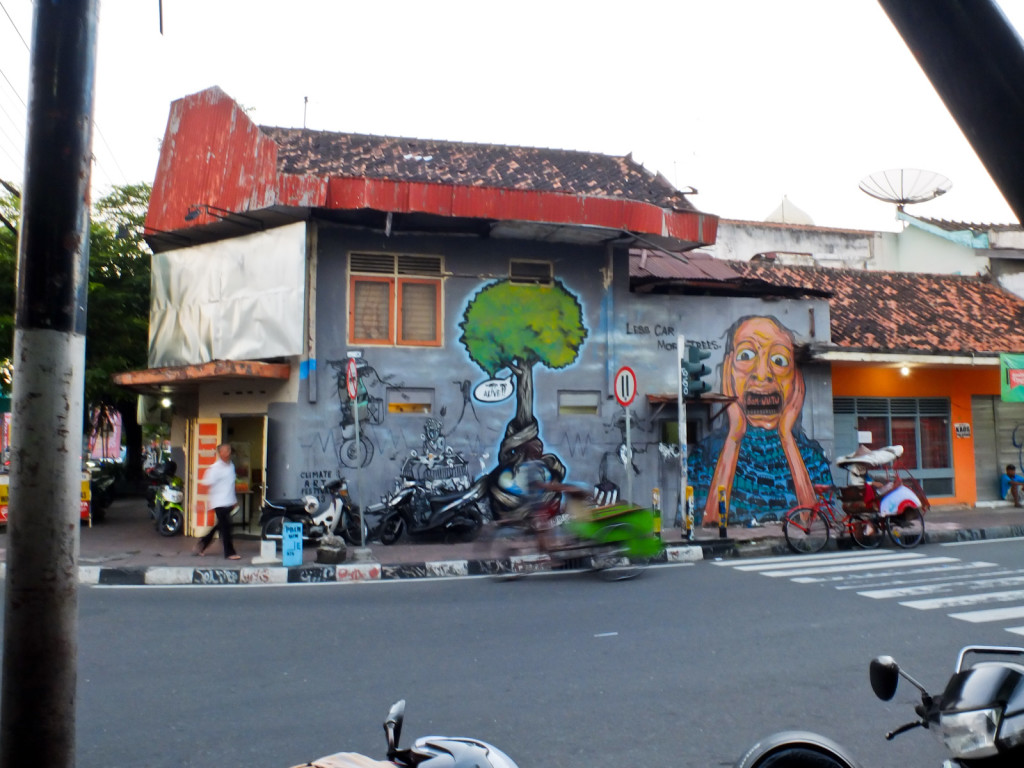
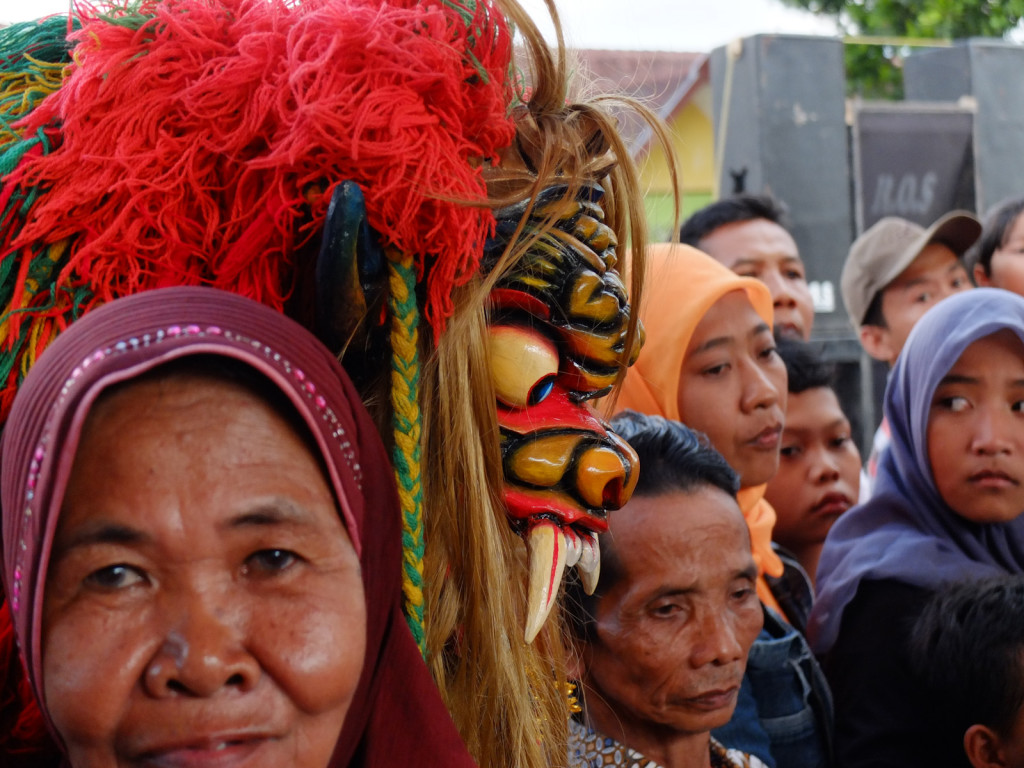

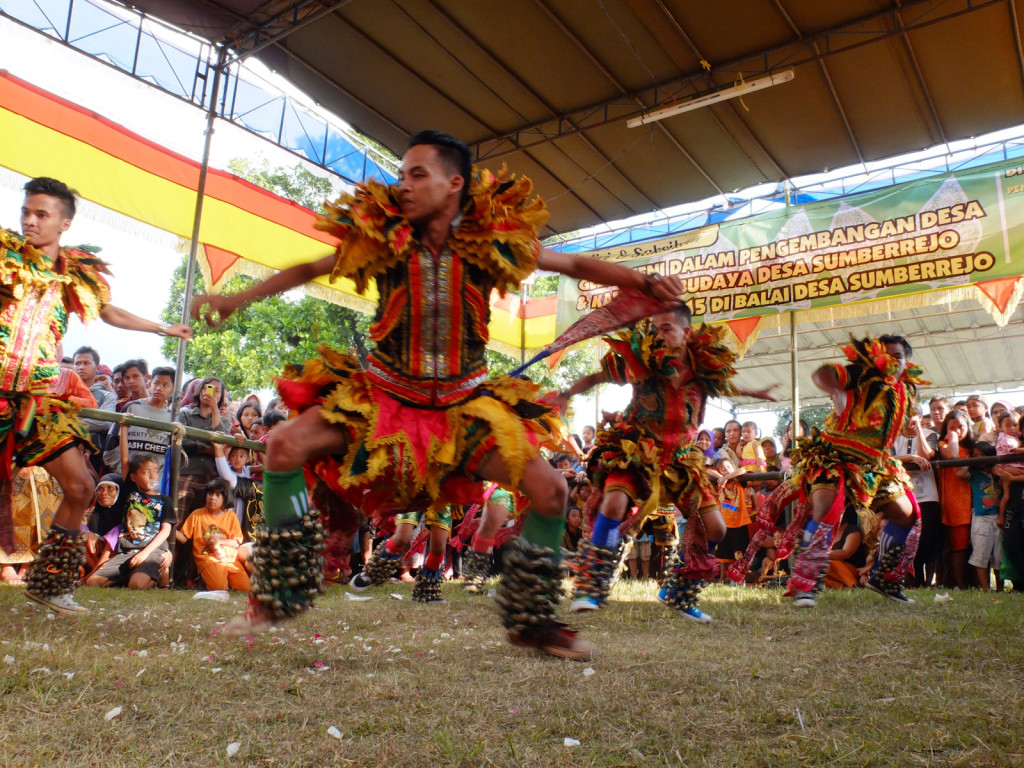
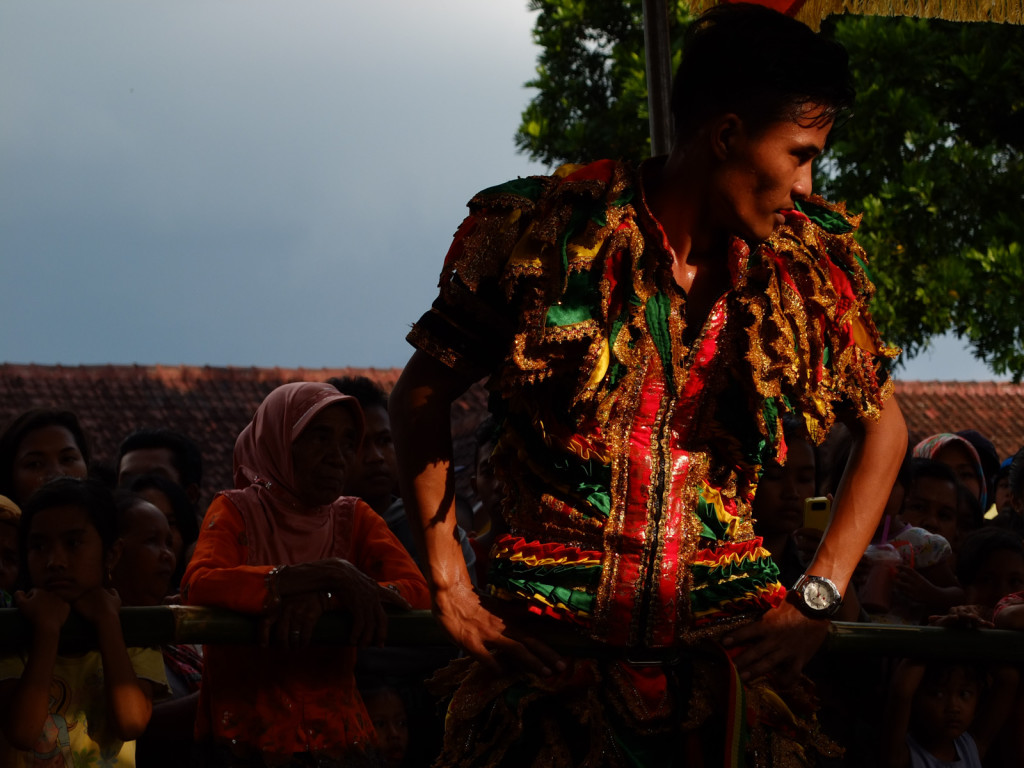
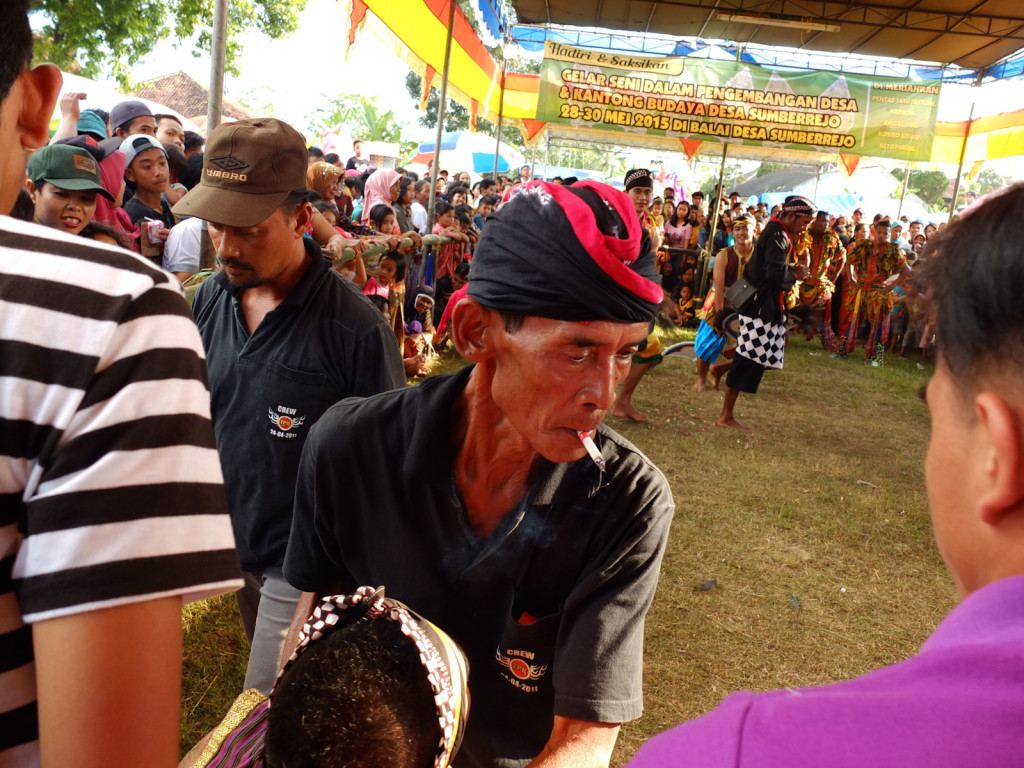
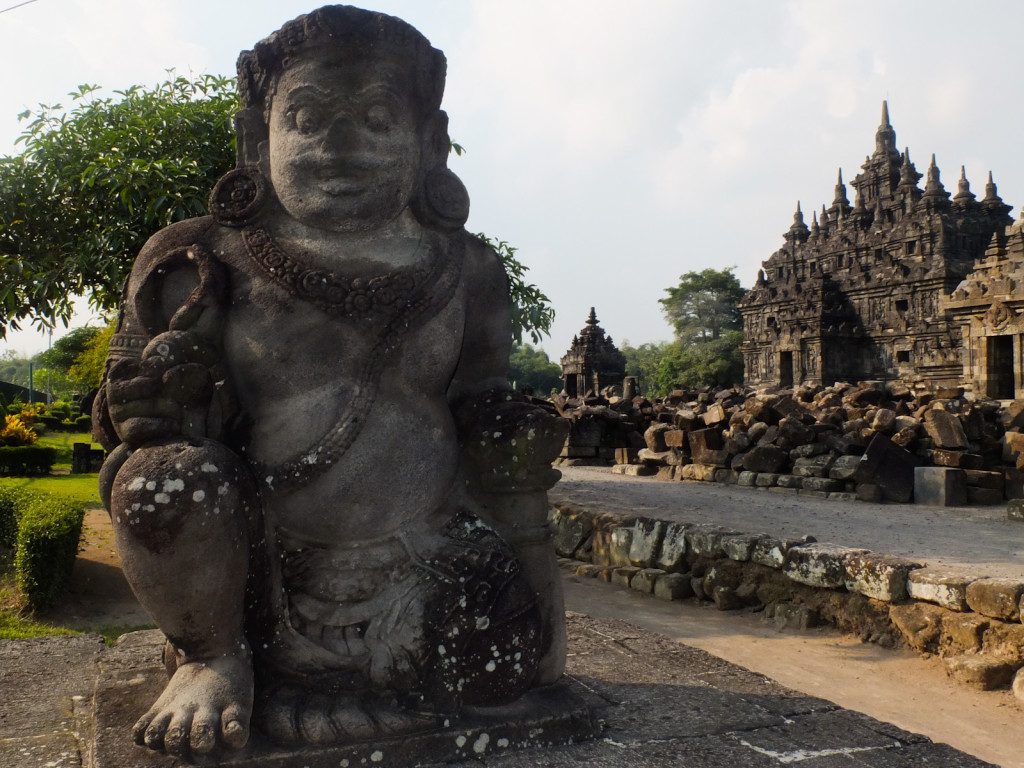


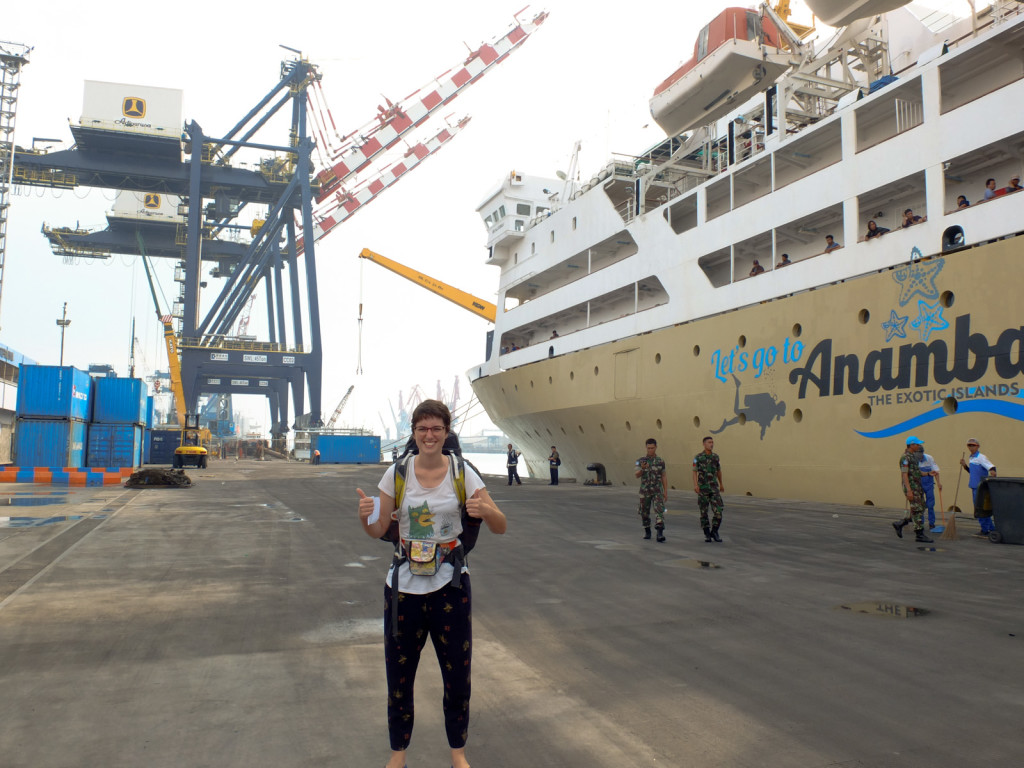
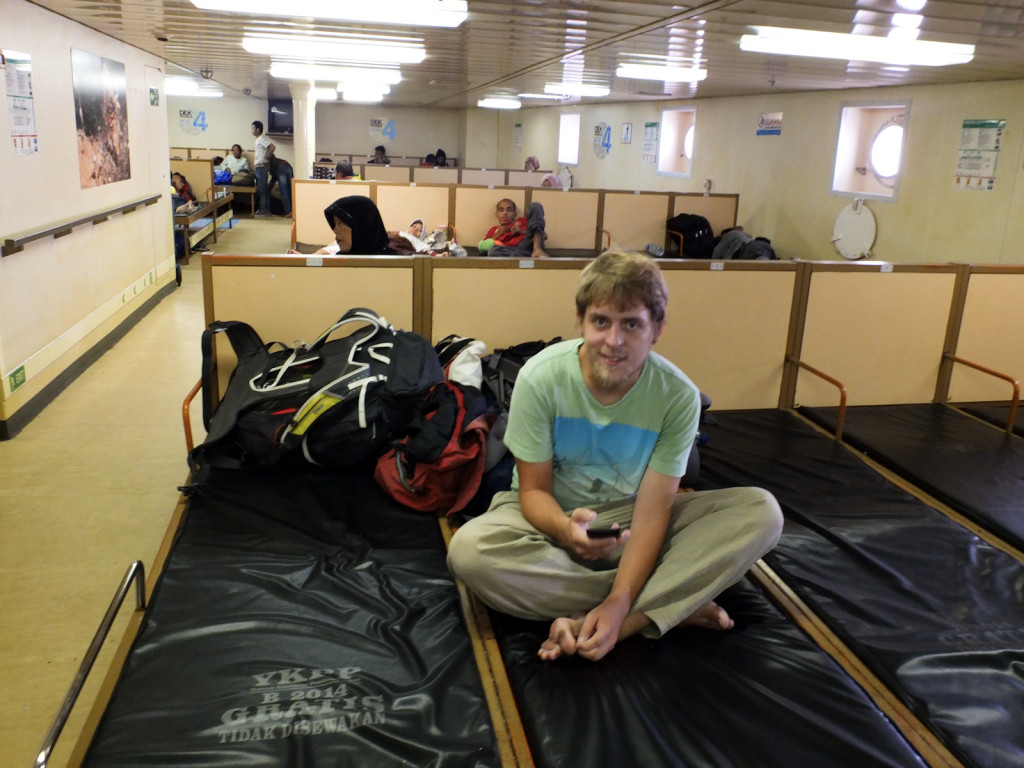
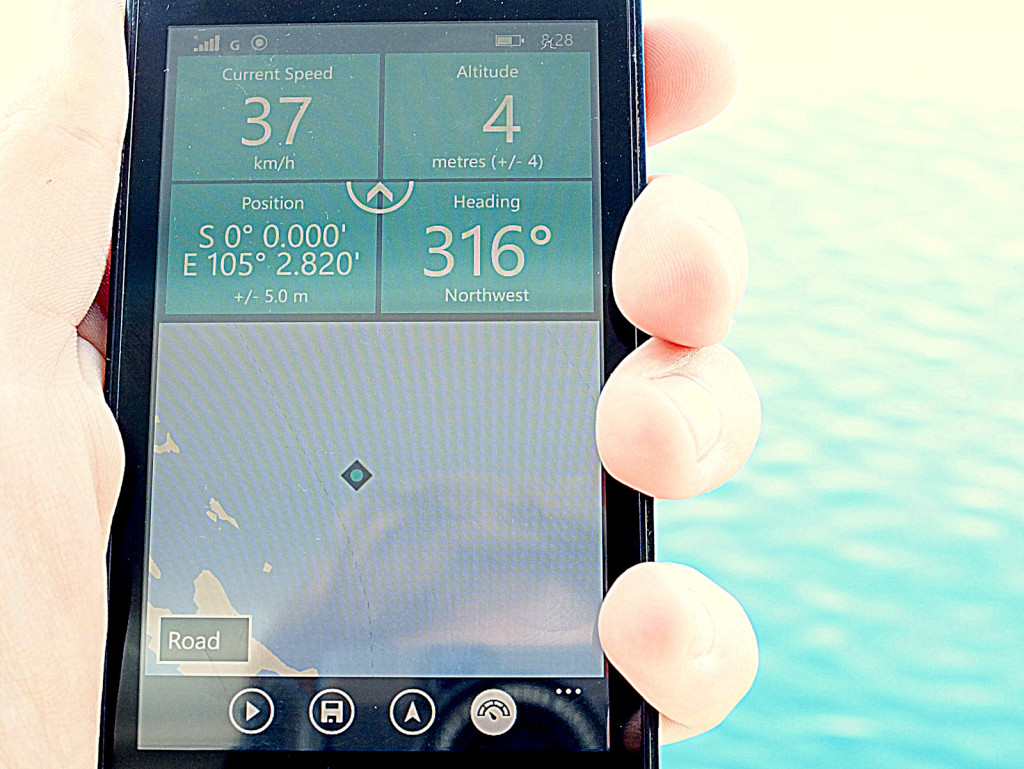
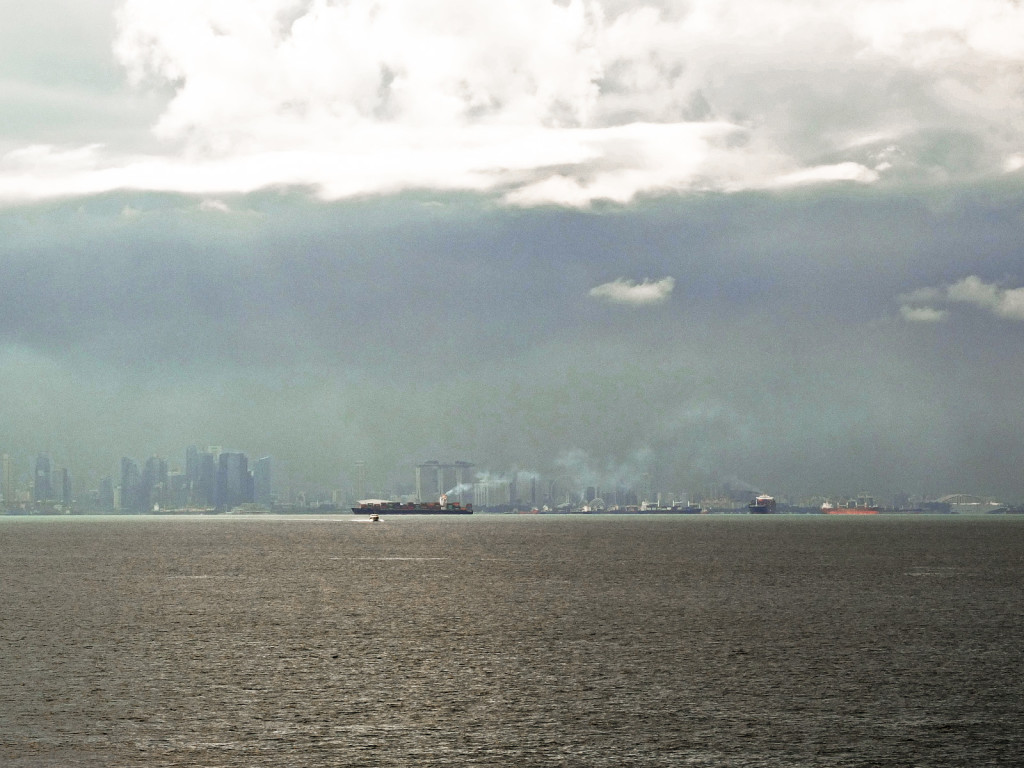
Pingback: We made it: Australia to Poland NO FLIGHTS! • Drop the tension!
Pingback: Adventurous Sumbawa • Drop the tension!
Pingback: Lombok Backpackers • Drop the tension!
Pingback: Summing up Indonesia - part 1 • Drop the tension!